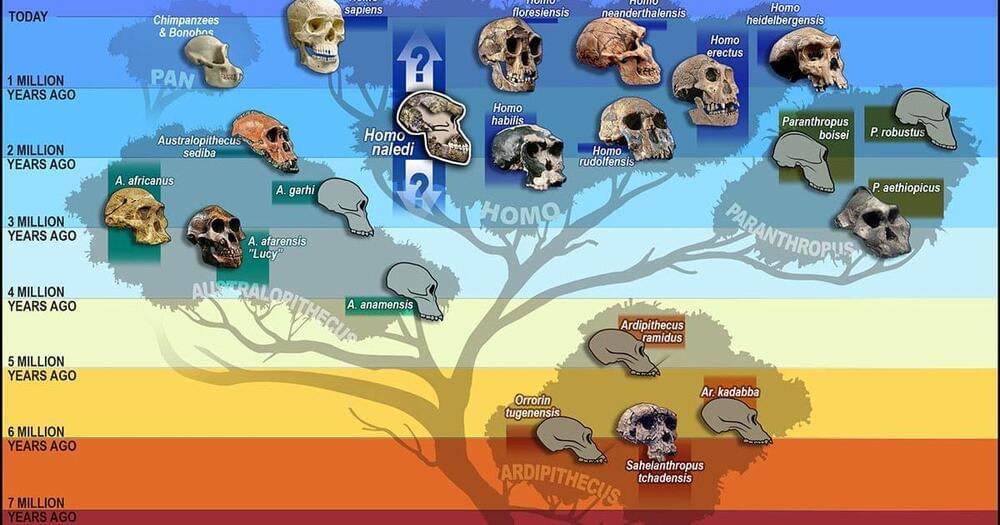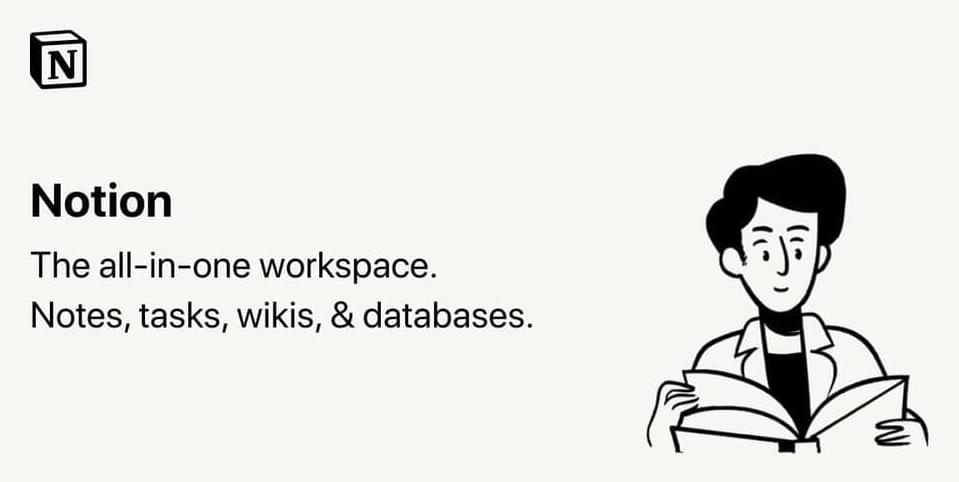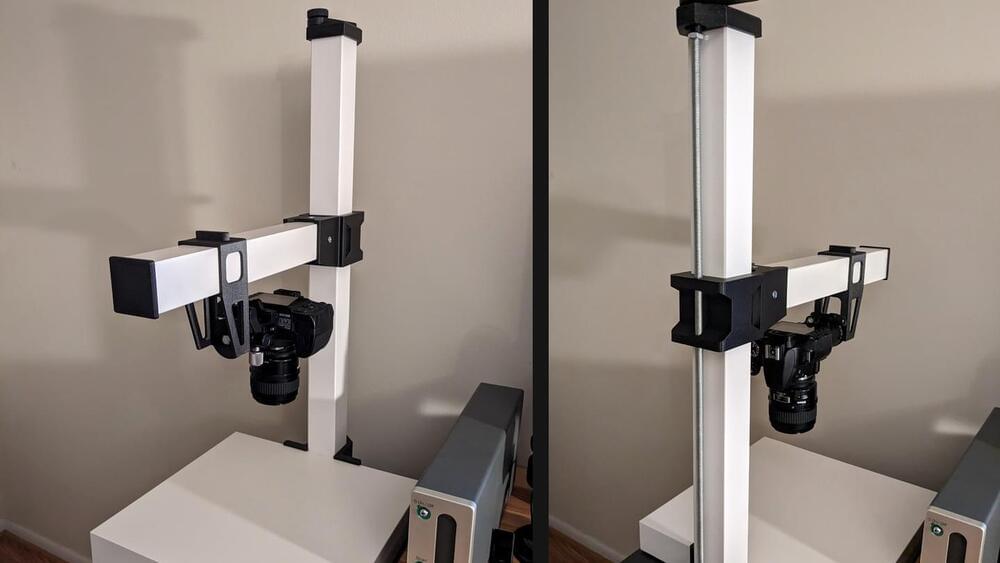There were at least eight other human species, some of whom existed for far longer than we have. Who were they?






Sheikh Hamdan bin Mohammed bin Rashid, Crown Prince of Dubai, Of UAE, announced the launch of the third phase of the Dubai 10X initiative, and he said through his official account on Twitter: ‘Dubai 10X, launched by Mohammed bin Rashid in 2017, drives Dubai to be the leading global city, at the forefront of innovation and future readiness’.


It can, baby. Welcome to the light. And guess what, the experts agree. Martin Riese, the preeminent water sommelier, agrees that water is best served at room temperature. Cold water numbs your taste buds, he explained in an August 2020 video, which dulls the experience. It’s kind of like singing the roof of your mouth with hot pizza — after that everything tastes meh.
“When you put ice cubes on your palate you’re numbing all the aromas,” he said. “You can’t really taste anything anymore. Therefore, please drink you water [at] room temperature. It’s way better. It’s tastier.”

If language models such as ChatGPT are trained using the outputs of other AIs, they will become heavily biased, overly simple and disconnected from reality, researchers warn.
By Alex Wilkins

A copy stand is a tool used to capture images of photos, artwork, books, and things of a similar nature. It holds a camera perpendicular to a large and flat surface, upon which the subject rests.
They are handy, but there’s no need to spend a lot when [BlandPasta]’s DIY copy stand based on a cheap IKEA LACK table can be turned into an economical afternoon project with the help of simple hardware and a few 3D printed parts.
The main structure comes from a mixture of parts from two LACK tables: one small and one normal-sized. A tabletop is used as the bed, and the square legs make up the structural parts with the help of some printed pieces. A threaded rod combined with some captive hardware provides a way to adjust the camera up and down with a crank, while one can manually slide the horizontal camera mount as needed to frame the subject appropriately.
